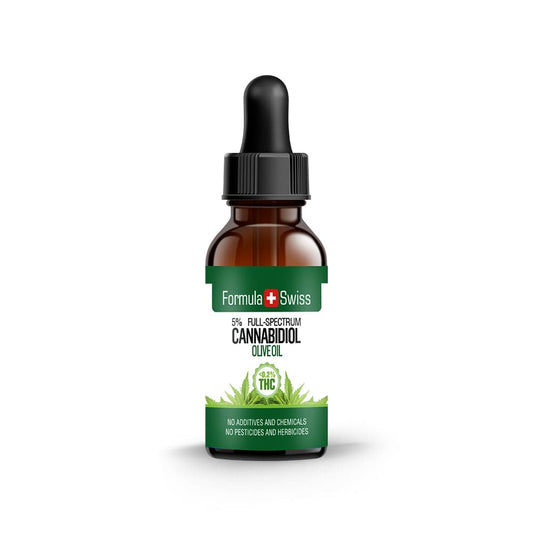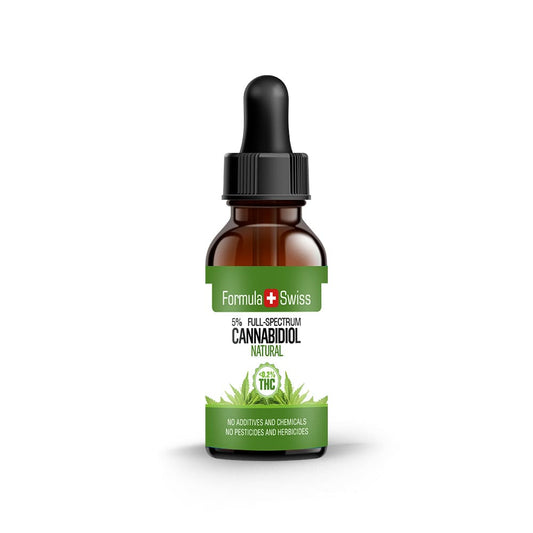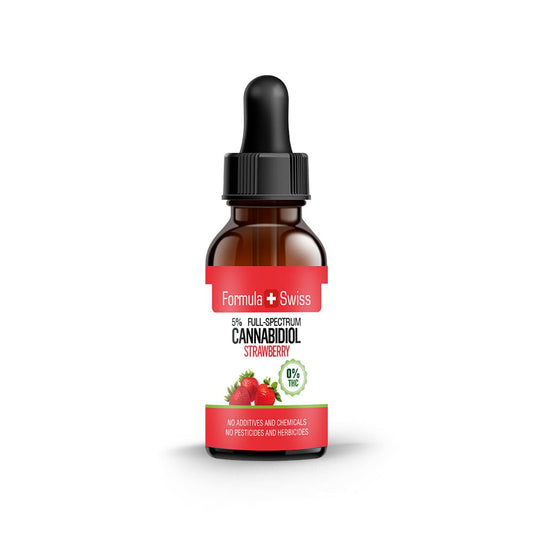Cannabis Sativa is one of the primary species of the Cannabis genus, which also includes Cannabis Indica and Cannabis Ruderalis. The plant is believed to have originated from Eastern Asia but has since spread across the globe due to its adaptability to grow in various climates and its numerous uses.
Cannabis sativa is a species of cannabis that is known for its distinct characteristics, such as its dense foliage, long flowering cycle, and high levels of tetrahydrocannabinol (THC).
What Is THC?
Cannabis sativa has been used for centuries for a wide range of medicinal, spiritual, and recreational applications. In recent years, its popularity has continued to grow due to its potential therapeutic effects, as well as its ability to be cultivated in a variety of climates. In this article, we will explore the history, morphology, chemical compounds, and cultivation of Cannabis sativa.
History of Cannabis Sativa
The history of Cannabis Sativa is as diverse as its uses. Historical records show that it has been used for thousands of years. In ancient times, it was cultivated for its fiber, used to make textiles, and its seeds were used as a food source. The plant was also recognized for its medicinal properties and was used in traditional medicine to treat a variety of ailments.
The origin of Cannabis sativa is believed to have originated in Central and South Asia, where it has been found in archaeological sites dating back more than 10,000 years. It is believed that early humans cultivated the species for its fibers, as well as for its psychoactive and medicinal properties. In India, Cannabis sativa has been used in spiritual ceremonies and medicinal practices for thousands of years.
In the 16th century, Cannabis sativa was introduced to Europe by travelers and traders. It quickly spread throughout the continent and was used for a variety of purposes, including fiber for rope, clothing, paper, and sails. It was also used for its medicinal and psychoactive properties. In the 19th century, Cannabis sativa was introduced to the Americas, where it was primarily used for its psychoactive effects.
In modern times, Cannabis Sativa has gained recognition for its psychoactive properties, leading to its use for recreational purposes. The psychoactive effects of Cannabis Sativa are primarily due to the presence of a compound called Tetrahydrocannabinol (THC). However, not all Cannabis Sativa plants contain high levels of THC. Some varieties, often referred to as hemp, have been bred to contain minimal THC levels and are used for industrial purposes, such as the production of fiber, paper, and biofuel.
Despite its long history of use, Cannabis Sativa has been the subject of controversy and stigma due to its psychoactive properties. This has led to strict regulations and even prohibition in some parts of the world. However, attitudes towards Cannabis Sativa are changing, with more countries recognising its medicinal properties and legalizing its use for therapeutic purposes.Physical Characteristics of Cannabis Sativa
Cannabis sativa is an annual plant that typically grows to heights ranging from 1 to 8 meters (3 to 26 feet). The plant has a bushy, open structure with long, narrow leaves that are arranged in opposite pairs along the stem. The leaves are typically green in color, although they can also be purple or bronze. The flowers of the plant are small and grow in clusters along the stem. The flowers have a sweet, pungent aroma and contain high concentrations of THC and other cannabinoids.
The structure of Cannabis Sativa plants is well-suited for growing in warmer climates where the growing season is longer. The plants have a longer flowering cycle compared to other Cannabis species, often requiring 60 to 90 days to flower when grown outdoors. When grown indoors under controlled conditions, the flowering cycle can be somewhat shorter.
Cannabis Sativa plants are also known for their high yield. The plants produce numerous buds, which are the parts of the plant that are harvested for their high cannabinoid content. The buds are typically less dense and more airy compared to other Cannabis species, but they make up for this with their size and quantity.
Chemical composition of Cannabis Sativa
Like all cannabis plants, Cannabis Sativa contains a variety of chemical compounds. The most well-known of these are the cannabinoids, a group of compounds that interact with the endocannabinoid system in the human body to produce various effects.
The most well-known cannabinoid is THC (Tetrahydrocannabinol), the compound responsible for the psychoactive effects of cannabis. However, Cannabis Sativa also contains other cannabinoids, including CBD (Cannabidiol), which is known for its therapeutic properties but does not produce psychoactive effects.
In addition to cannabinoids, Cannabis Sativa also contains terpenes. These are aromatic compounds that give cannabis its distinctive smell. Terpenes are not unique to cannabis; they are found in many plants and are responsible for the characteristic smell of many herbs and flowers.
Terpenes do more than just provide aroma; they also contribute to the effects of Cannabis Sativa. Some terpenes have been found to have therapeutic properties, including anti-inflammatory, anti-anxiety, and analgesic effects. The combination of cannabinoids and terpenes is believed to produce a synergistic effect, often referred to as the "entourage effect,"where the compounds work together to enhance each other's effects.
The Effects of Cannabis Sativa
Cannabis Sativa strains are often associated with a cerebral, uplifting high, making them popular choices for daytime use. Users often report feeling more energetic, creative, and focused after consuming Sativa strains. This is in contrast to the effects typically associated with Indica strains, which are often described as more relaxing and sedative.
However, it's important to note that the effects of any given strain of cannabis can vary widely depending on a number of factors, including the specific chemical composition of the strain, the dosage, the method of consumption, and the individual's own body chemistry and tolerance.
While the uplifting effects of Sativa strains can be beneficial for those seeking a boost of energy or creativity, they can also be overwhelming for some, particularly those new to cannabis or those with a lower tolerance.
High-THC Sativa strains can sometimes lead to feelings of anxiety or paranoia in some individuals. As with any substance, it's important to start with a low dose and gradually increase until you find the amount that produces the desired effects without unwanted side effects.
Medical Uses of Cannabis Sativa
Cannabis Sativa has a wide range of medical applications. Its uplifting and energizing effects can be beneficial for those dealing with fatigue or depression. It can also enhance focus and creativity, making it a potential treatment option for conditions like ADHD.
Sativa strains high in CBD are also used for a variety of therapeutic purposes. CBD has been shown to have anti-inflammatory, analgesic, and anti-anxiety properties, among others. It can be used to help manage a variety of conditions, from chronic pain and inflammation to anxiety and epilepsy.
However, while Cannabis Sativa has potential therapeutic benefits, it's important to remember that it's not a cure-all. Its effectiveness can vary depending on the specific strain, the dosage, the method of consumption, and the individual's own body chemistry. As with any treatment, it's important to consult with a healthcare provider to determine if Cannabis Sativa is a suitable treatment option for your specific needs.
Recreational Use of Cannabis Sativa
For recreational users, Cannabis Sativa offers an experience that is often described as uplifting and energizing. Its effects can enhance a variety of activities, from creative pursuits to physical activities like hiking or dancing.
Sativa strains are also popular choices for social situations. The uplifting effects can stimulate conversation and enhance social interactions. Some users also report that Sativa strains can enhance sensory experiences, making music, art, and food more enjoyable.
However, as with any substance, it's important to use Cannabis Sativa responsibly. The high THC content of some Sativa strains can lead to negative effects, particularly in high doses. These can include anxiety, paranoia, and a rapid heart rate. It's also possible to build a tolerance to THC, meaning that over time, more of the substance is needed to achieve the same effects.
Cannabis Sativa vs. Cannabis Indica vs Cannabis Ruderalis
Cannabis Sativa and Cannabis Indica are the two primary species of cannabis, and they are often distinguished by their different effects. Sativa strains are known for their uplifting, cerebral effects, while Indica strains are known for their relaxing, body-focused effects.
| Parameter/Characteristic | Cannabis Sativa | Cannabis Ruderalis | Cannabis Indica |
|---|---|---|---|
| Origin | Originally from Eastern Asia, now cultivated worldwide | Central Asia, particularly Russia | Indian subcontinent |
| Plant Size | Tall, up to 3.6 metres or more | Short, typically 30-76 cm | Shorter than Sativa, usually around 60-120 cm |
| Leaves | Long, narrow leaves | Smaller, light green leaves | Broad, dark green leaves |
| Flowering Cycle | Longer flowering cycle, sensitive to light cycle | Autoflowering, not dependent on light cycle | Shorter flowering cycle, sensitive to light cycle |
| THC Content | Higher THC, lower CBD | Lower THC, variable CBD | Higher THC, moderate to high CBD |
| CBD Content | Lower CBD | Variable, generally low | Higher CBD |
| Effects | More energising, cerebral effects | Less psychoactive, more industrial uses | More relaxing, sedative effects |
| Cultivation | Requires more light and space, longer growing season | Hardy, less maintenance, shorter growing season | Requires specific conditions, shorter growing season |
| Typical Uses | Recreational, medicinal (for mood disorders, fatigue) | Industrial (hemp products), some medicinal uses | Medicinal (for pain, insomnia, stress) |
| Legal Status | Varies by country, often regulated | Often less regulated due to low THC | Varies by country, often regulated |
These differences in effects are often attributed to differences in the chemical compositions of the two species. Sativa strains often have higher levels of THC, the psychoactive compound that produces the "high" associated with cannabis. Indica strains, on the other hand, often have higher levels of CBD, a non-psychoactive compound with a variety of therapeutic properties.
However, it's important tonote that these are generalizations and the actual effects of a specific strain can vary widely. Many strains available today are hybrids, meaning they have been bred from both Sativa and Indica plants and can possess characteristics of both.Hybrid Strains
Hybrid strains are crossbreeds between Indica and Sativa plants. They are bred to combine the desirable traits of each parent strain, and they can take on characteristics from both. Hybrids can be either Indica or Sativa-dominant, meaning they exhibit more characteristics of one parent, or they can be a balanced mix of both.
The purpose of creating hybrid strains is to achieve the perfect balance of both Sativa and Indica characteristics. For example, a grower might breed a high-THC Sativa strain with a high-CBD Indica strain to create a balanced THC/CBD hybrid. This allows consumers to experience the benefits of both cannabinoids.
Hybrid strains are particularly popular among medicinal cannabis users, who might need to treat a variety of symptoms that are best addressed by different cannabinoids.
Cultivation of Cannabis Sativa
Cannabis Sativa plants are well-suited for growing in warmer climates where the growing season is longer. They require a lot of light and a warm climate to thrive. Sativa plants have a longer flowering cycle than Indica plants, which means they need a longer growing season.
Sativa plants can grow quite tall, often reaching heights of over 12 feet. Because of their size, they require ample space to grow, making them better suited for outdoor cultivation. However, with the right equipment and techniques, they can also be successfully grown indoors.

When growing Cannabis Sativa, it's important to consider its specific needs. These plants typically require more light and a longer flowering period than other types of cannabis. They also prefer a warm, humid climate and well-drained soil. Proper care and attention to these needs can result in a high yield of potent Sativa buds.
Legal Status of Cannabis Sativa
The legal status of Cannabis Sativa varies significantly around the world and even within countries. In some places, it is fully legal to grow, sell, and consume Cannabis Sativa. In others, it is only legal for medicinal use, and in some places, it is completely illegal.
In the United States, for example, the legal status of Cannabis Sativa is complex and depends on both federal and state laws. Federally, cannabis is classified as a Schedule I drug, making it illegal. However, many states have legalised it for either medicinal use, recreational use, or both.
It's important to note that even in places where Cannabis Sativa is legal, there are often strict regulations around its cultivation, sale, and use. For example, there may be limits on the number of plants that can be grown, where it can be consumed, and who can sell it.
Before growing, buying, or using Cannabis Sativa, it's crucial to familiarize yourself with the laws in your specific area.
The Future of Cannabis Sativa
With ongoing research and changing legal status worldwide, the future of Cannabis Sativa is promising. As we continue to understand more about its medical benefits and how to mitigate potential risks, we can expect to see more acceptance and use of this versatile plant.
In the medical field, we can expect to see more research into the therapeutic benefits of Cannabis Sativa and its potential use in treating a wide range of conditions. As more research is conducted, we may also see new ways to use Cannabis Sativa, such as in the development of new drugs or therapies.
In terms of legality, we may see more countries moving towards legalization or decriminalisation of Cannabis Sativa. This could open up new opportunities for the cultivation, sale, and use of Cannabis Sativa, and could also lead to more regulation and standardization in the industry.
Cannabis Sativa is a versatile plant with a rich history and a wide range of uses. From its use in medicine to its role in recreation and its potential for future research, it continues to be a subject of fascination and study. As we continue to explore its potential, it's essential to stay informed and mindful about its effects and the legalities surrounding its use.
Whether you're interested in Cannabis Sativa for its therapeutic benefits, its recreational effects, or its potential for future research, it's clear that this plant has a lot to offer. As we continue to learn more about Cannabis Sativa, we can look forward to new discoveries, innovations, and a deeper understanding of this fascinating plant.






